Affiliate links on Android Authority may earn us a commission. Learn more.
Xiaomi Mi 9 SE vs Xiaomi Mi 8 SE specs: Is the new phone an upgrade across the board?
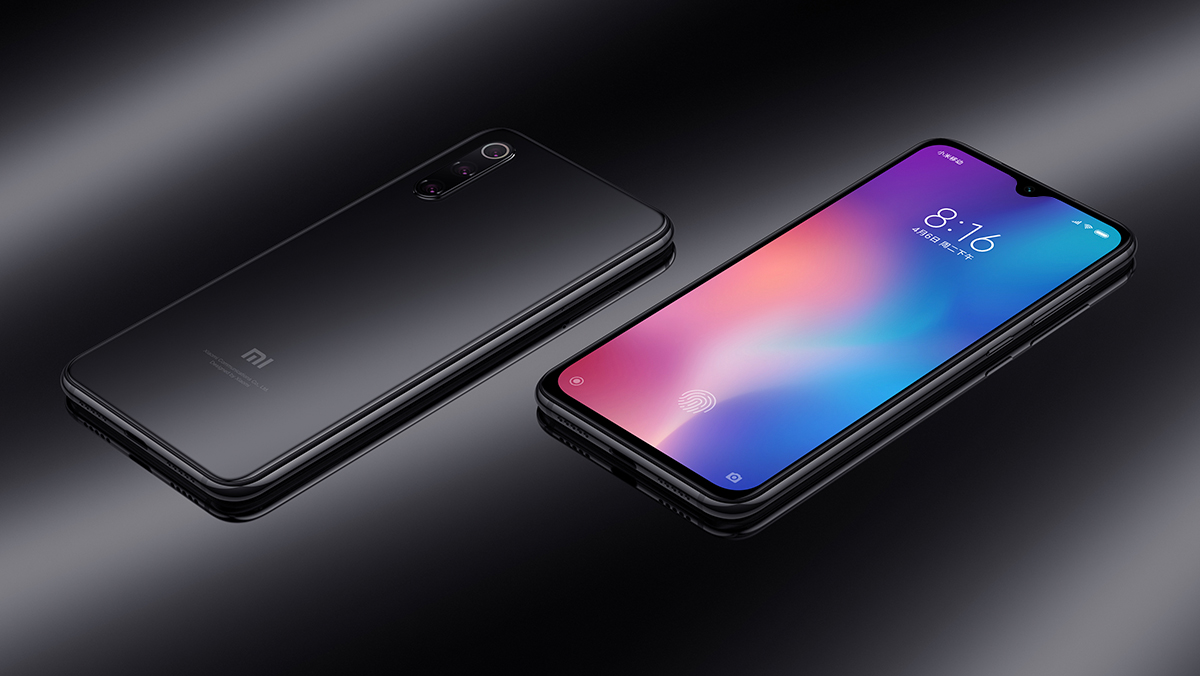
The Xiaomi Mi 9 is looking like one of the most affordable flagship smartphones of the year, offering the cutting-edge Snapdragon 855 chipset and plenty of other perks. But the company also revealed a more affordable smartphone alongside the flagship in the Xiaomi Mi 9 SE.
Xiaomi’s Mi 8 SE already offered plenty of bang for your buck on paper, but does the new model bring a ton of improvements? We compare the two phones to figure out whether you should upgrade.
Horsepower
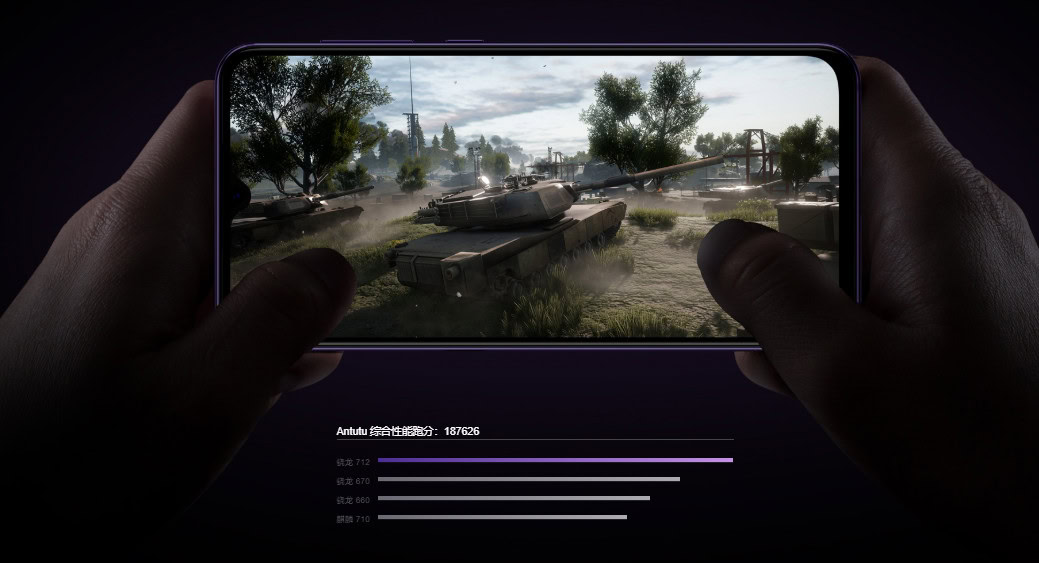
The Xiaomi Mi 8 SE was already pretty powerful at launch, offering a Snapdragon 710 chipset, 4GB or 6GB of RAM, and 64GB or 128GB of fixed storage. But those expecting a massive power upgrade in general will be disappointed in the Xiaomi Mi 9 SE specs.
Xiaomi’s new phone indeed adopts the Snapdragon 712 chipset, but the SoC isn’t a huge upgrade at all. We do see clock speed improvements, a faster charging standard, and two new audio technologies, but everything else is the same (CPU, GPU, cellular connectivity).
The latest phone also ditches the 4GB RAM option in favor of 6GB RAM across the board, which should result in more nimble multitasking. The Mi 9 SE is also using 64GB or 128GB of fixed UFS 2.1 storage compared to the older phone’s cheaper and slower eMMC storage. In any event, both devices are about as powerful as you can go without adopting flagship silicon, so you shouldn’t have any issues with demanding apps and multitasking.
Display
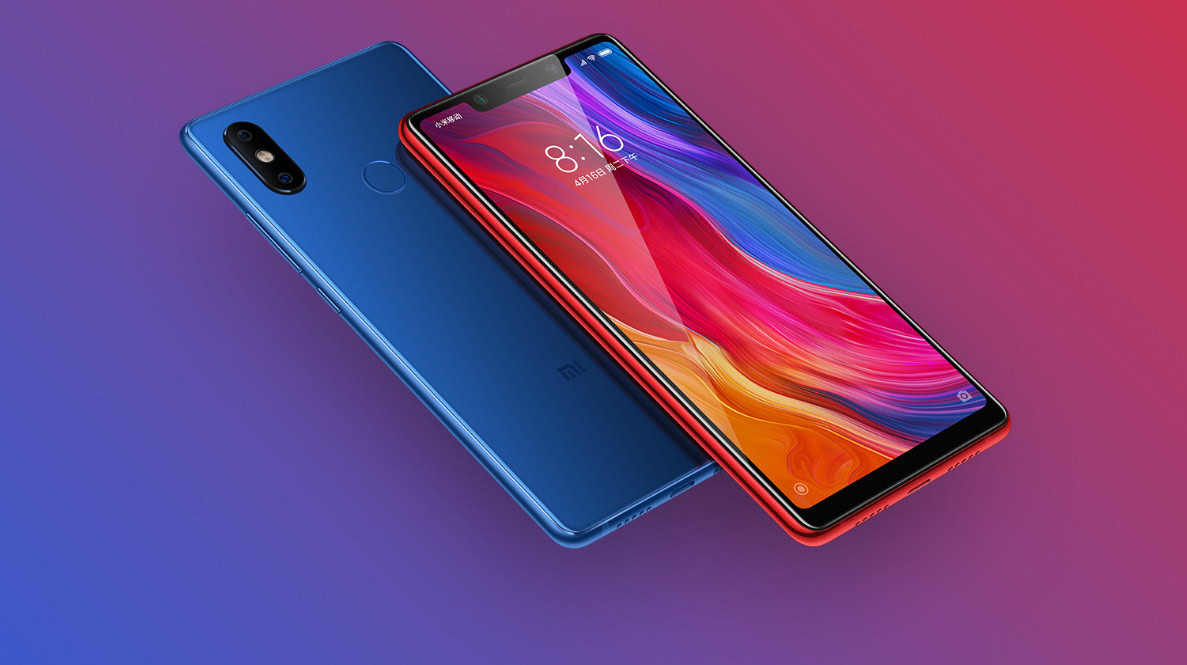
Can’t stand the notch? Well, both phones offer a display cutout, but the Mi 9 SE definitely has the more subtle option in the waterdrop notch. Meanwhile, the Mi 8 SE goes for a rather wide cutout.
Fortunately, both phones offer an AMOLED screen, so you’re getting vibrant colors, deep blacks, and power saving when using a black/dark theme. The Mi 9 SE features a 5.97-inch display (2,340 x 1,080), while Xiaomi’s 2018 device delivers a 5.88-inch screen (2,244 x 1,080).
Xiaomi’s 2019 device has a more pixel-dense display on paper, but you’re probably not going to notice this difference anyway.
Battery life
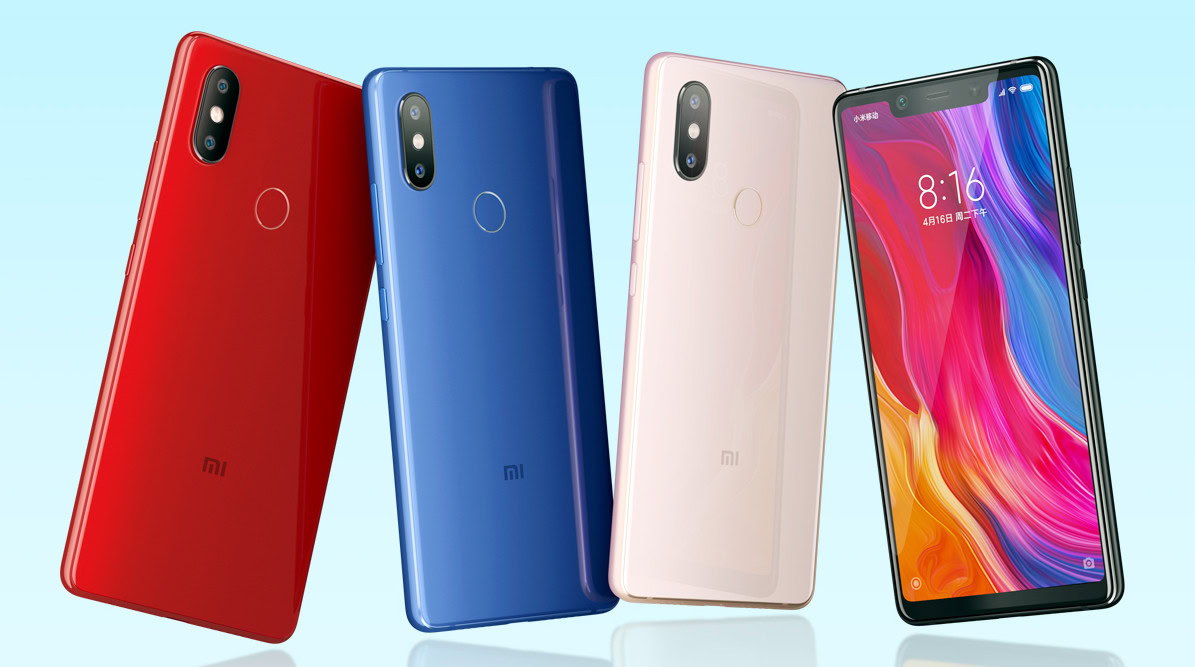
Hoping for a Redmi Note-style 4,000mAh battery in the Mi 9 SE? Well, you’re actually getting a smaller battery compared to the 2018 device. The Xiaomi Mi 9 SE offers a 3,070mAh battery compared to the Mi 8 SE’s 3,120mAh capacity.
We’d need to get our hands on the Mi 9 SE to put its endurance to the test, but the size discrepancy isn’t big enough to make a major difference in theory. But those looking for better endurance should probably look at the likes of the Redmi Note 7 Pro, thanks to its 4,000mAh pack.
Cameras
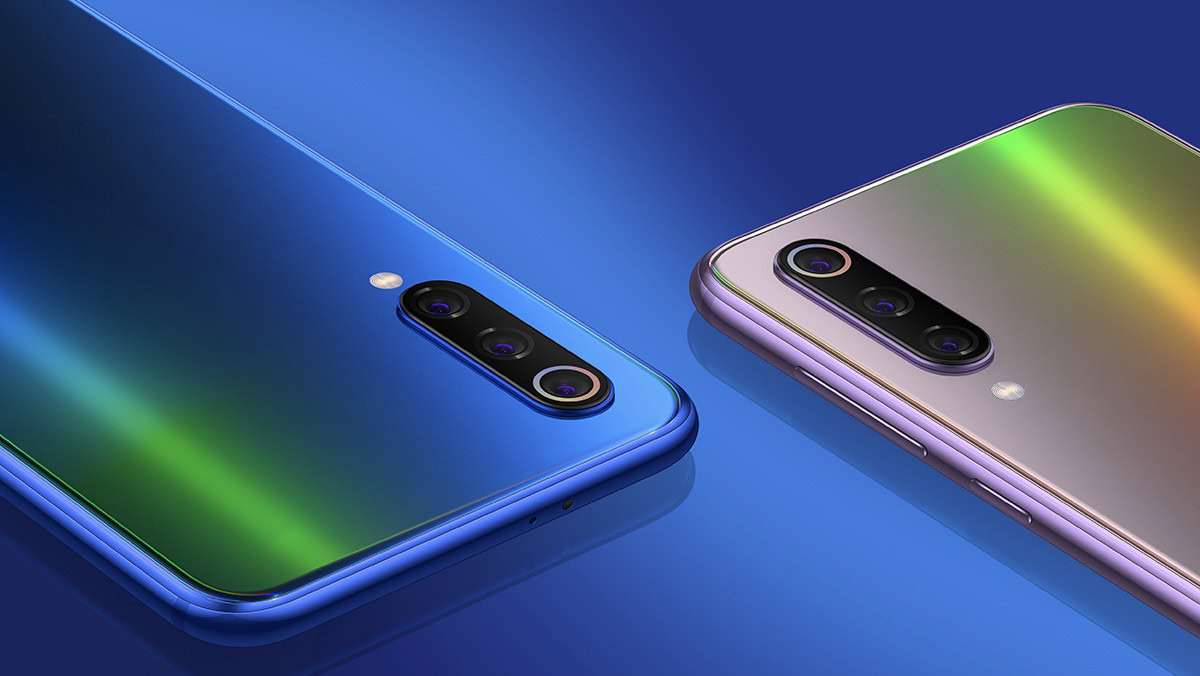
Sure, the Xiaomi Mi 9 SE might not be significantly more powerful than its predecessor, nor does it have a bigger battery, but it’s certainly packing heat when it comes to photography.
The new phone offers a very flexible triple rear camera combination, featuring a 48MP (Sony IMX 586) main shooter, an 8MP 2x telephoto camera, and a 13MP ultra wide angle snapper. That means you’ve pretty much got a camera for every eventuality.
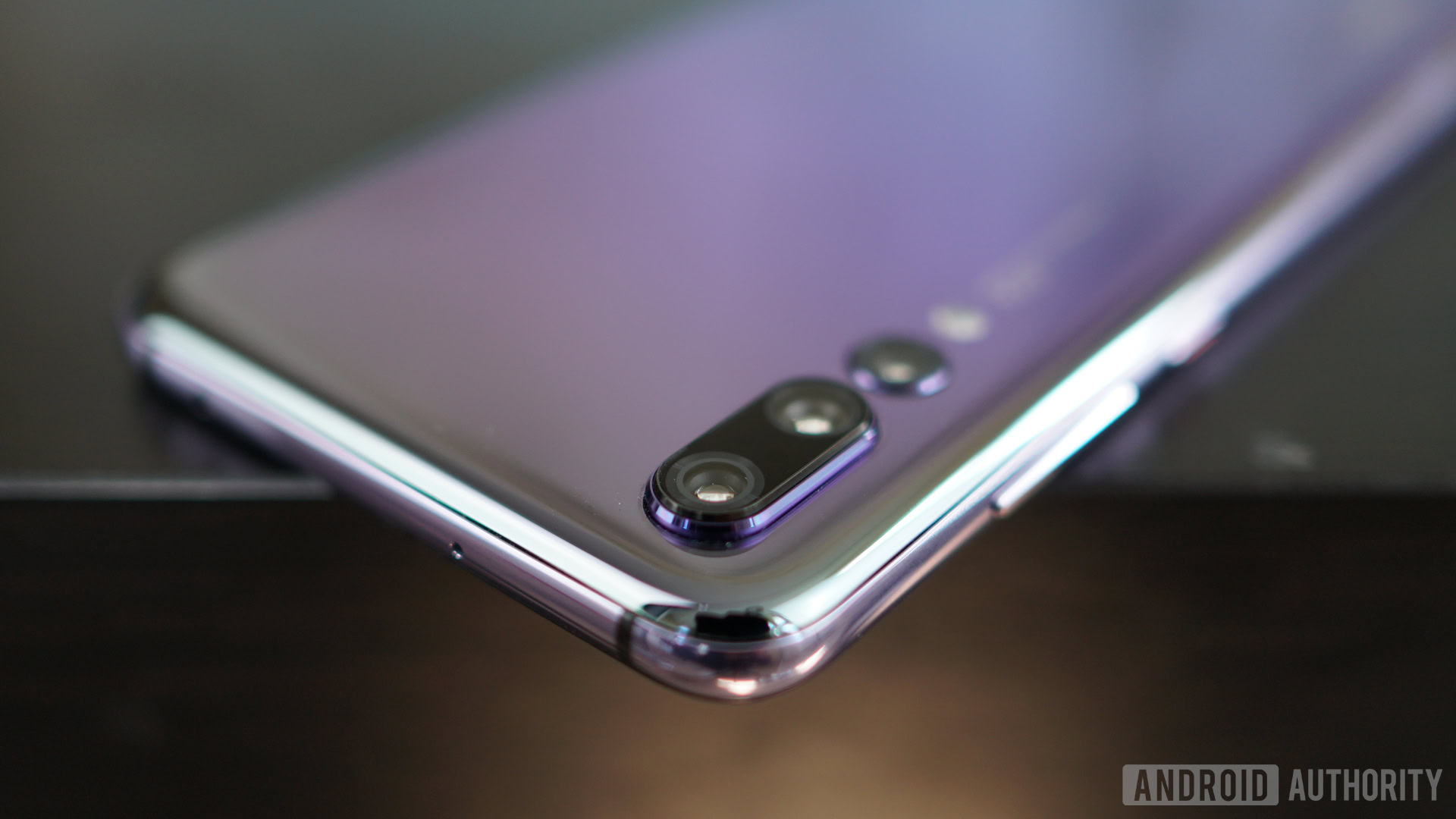
Meanwhile, the Mi 8 SE has to make do with a 12MP+5MP rear camera pairing. The 5MP secondary shooter is merely a depth sensor, so you’re not getting better zoom or a wider field of view here.
Both phones are equipped with a 20MP selfie camera, which should gather plenty of detail in broad daylight. The Mi 8 SE’s selfie camera also uses pixel-binning for better low-light selfies. It’s unclear whether the Mi 9 SE uses pixel-binning too, but one would assume that this is the case if a 20MP front-facing camera is used.
Extras
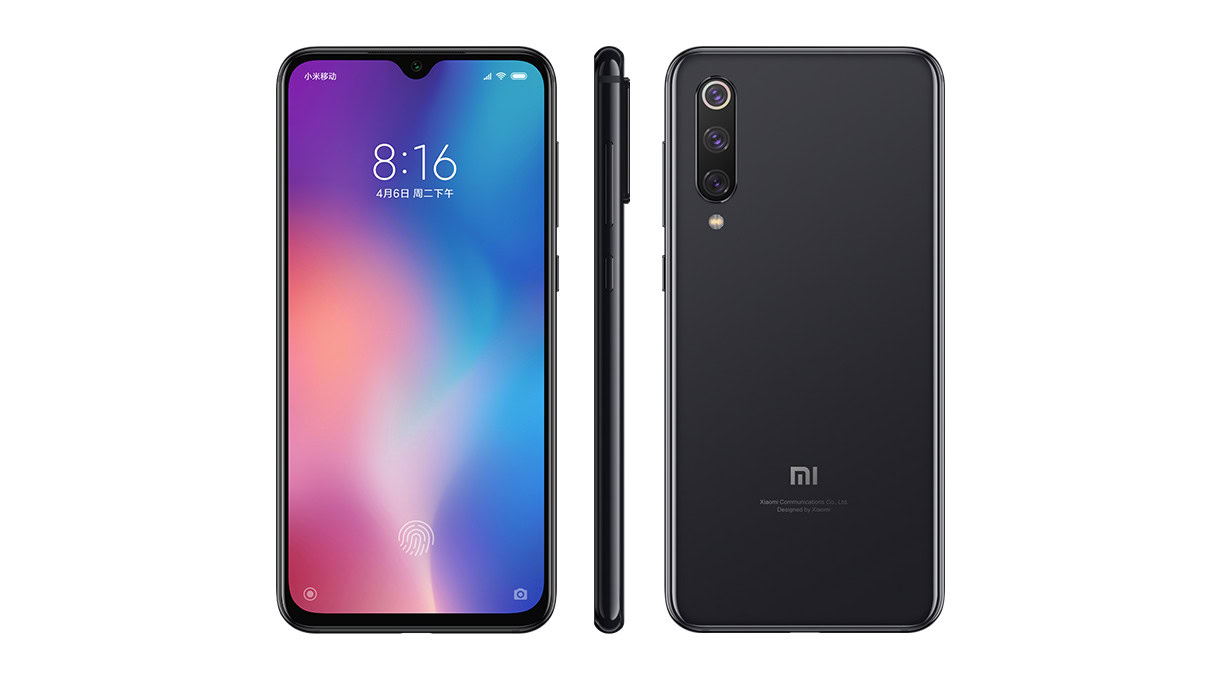
The two phones share plenty of other features, such as USB-C support (and the lack of a headphone jack), 18 watt wired charging, Bluetooth 5.0, and an IR blaster.
But the Xiaomi Mi 9 SE also packs an in-display fingerprint sensor and, crucially, NFC capabilities. The latter addition means you can make use of contactless payment solutions, as opposed to QR payments only. It’s unclear whether the in-display sensor offers long-press shortcuts like the vanilla Mi 9, but it’s certainly a more premium feature than your standard scanner.
Which one should you get?
Both phones start at a shade under 2,000 yuan (~$299), but the 2018 model originally started at 1,799 yuan (~$267) while the 2019 device has a base price of 1,999 yuan (~$298).
The price difference isn’t massive, but it’s difficult to argue that you’re not getting plenty of extras by paying a little more for the new phone. The Xiaomi Mi 9 SE features 6GB of RAM across the board, faster storage, triple rear cameras, an in-display fingerprint sensor and NFC. Not bad for roughly $30 more…
NEXT: Best of MWC 2019 Awards — Android Authority’s favorite products from the show